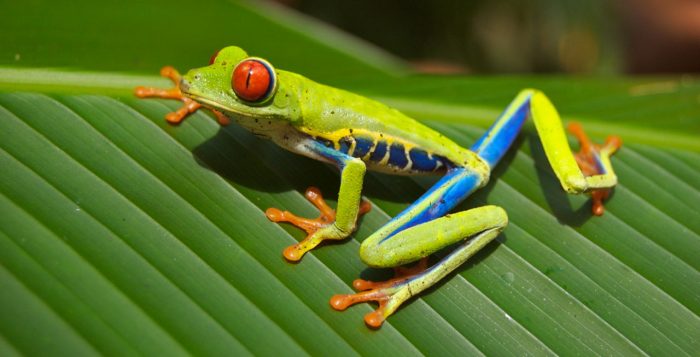The deadliest disease targets amphibians such as toads and frogs. A new study shows that the fungal infection has damaged global biodiversity more than any other disease.
The villains are two kinds of fungi-Batrachochytrium dendrobatidis (Bd) and Batrachochytrium salamandrivorans (Bsal). Together they have driven the decline of at least 501 amphibian species, or about one out of every 16 known to science. 90 kinds of amphibians have become extinct as a result of this disease. Entire populations of frogs and toads have been wiped out since the 1980s when the disease first struck. This has happened mainly in Europe, North America, Australia and Africa. Asia has not been affected.
The fungus works by attacking the skin of amphibians which the animals use for breathing. The skin also has a very important role in regulating the amount of water in their bodies. Infections therefore usually result in death.
The fungus spreads by touch or water, and it is likely that human movements caused the fungus to spread around the world. Pet and meat trade may also cause the spread, and activists trying to fight the disease want the pet trade to be better monitored (checked) to prevent the fungus from spreading further.








